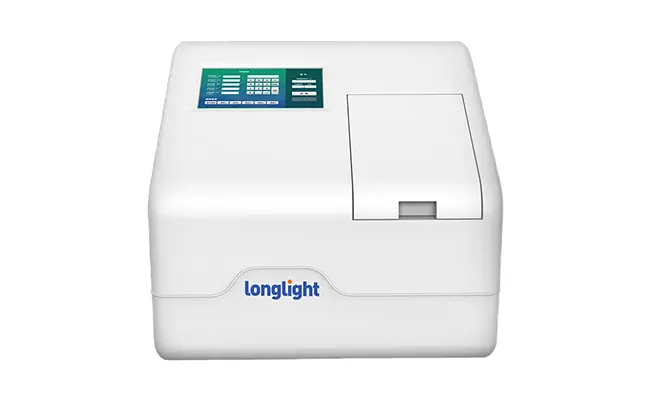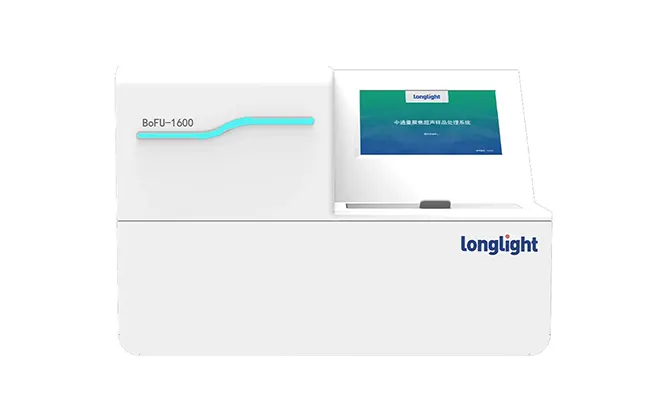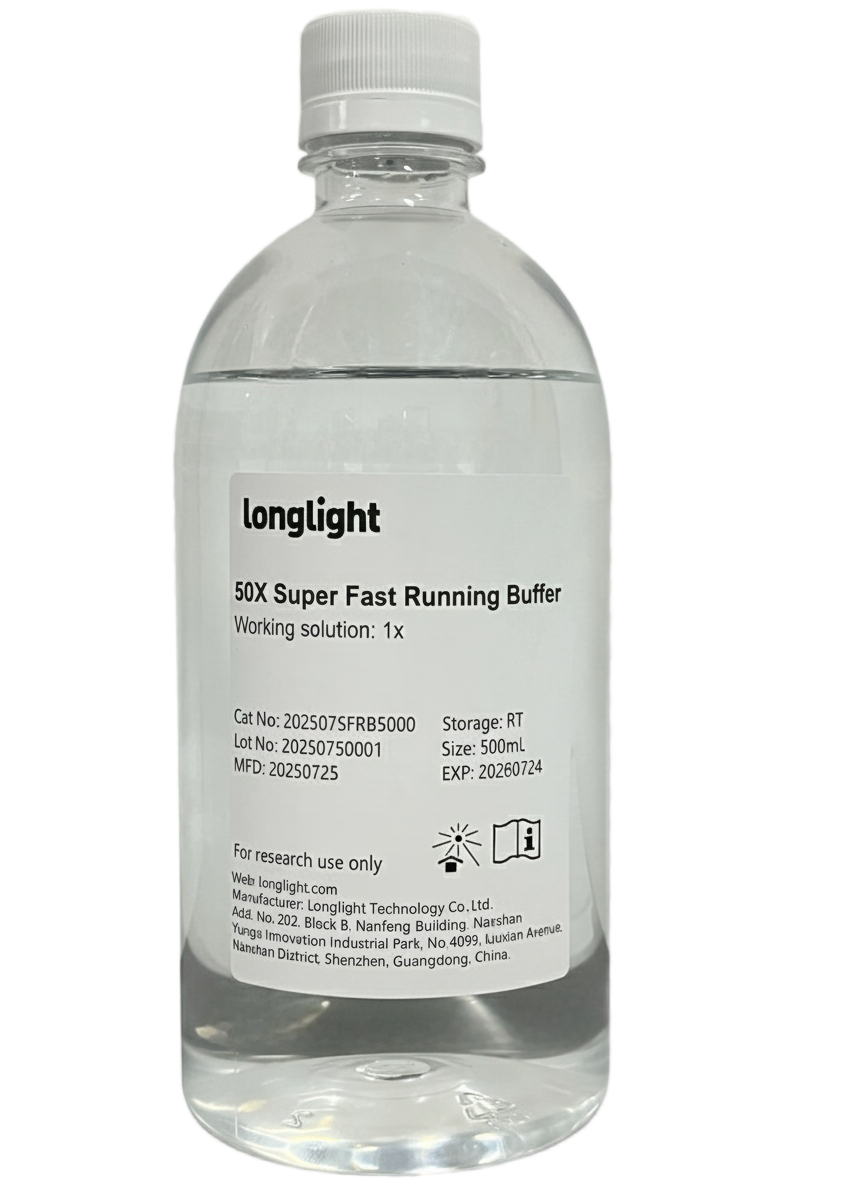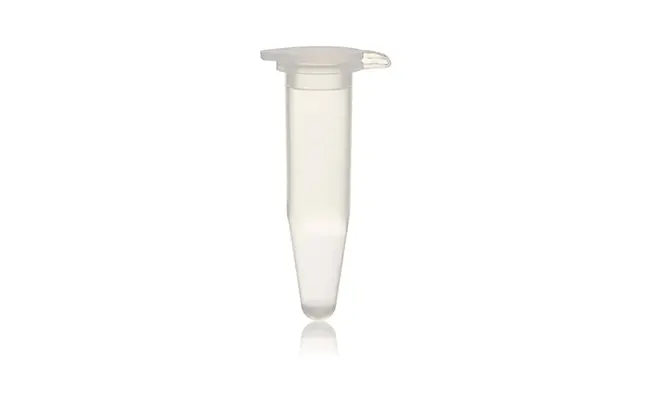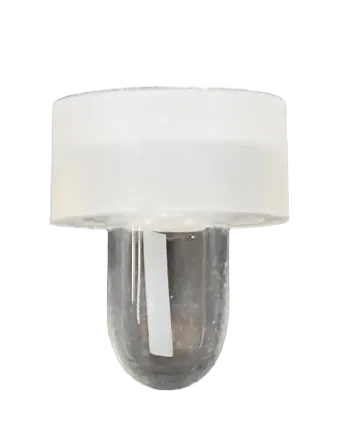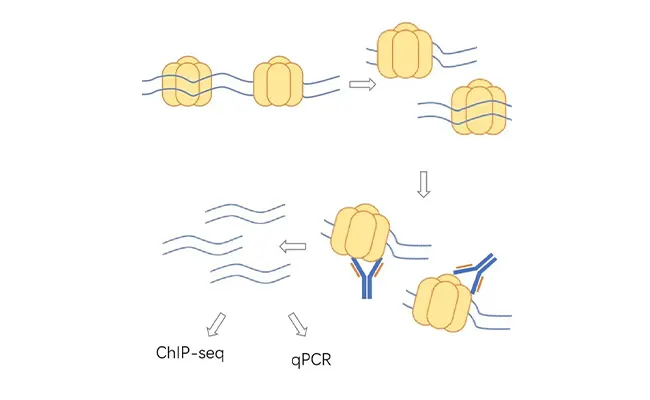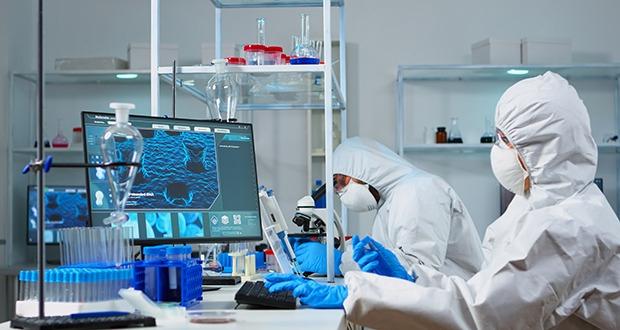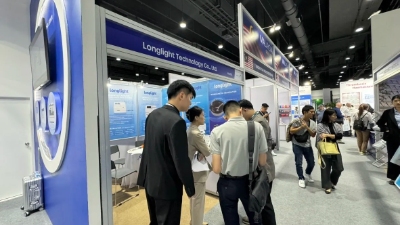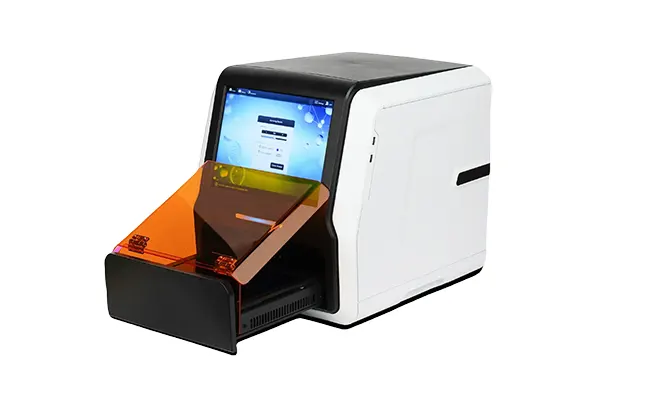Related Post
How a Sample Preparation Ultrasonicator Works?
2025-10-31A Sample Preparation Ultrasonicator reshapes the first steps of molecular testing. It focuses sound energy into tiny volumes. It shears DNA with control. It protects fragile molecules from heat. It runs quietly and without direct contact. It also simplifies setup for busy benches. One noteworthy international study demonstrated how ultrasound-based fragmentation significantly improved DNA shearing for next-generation sequencing. For example, researchers found that acoustic sample processing using cavitation improved the reproducibility and yield of DNA and chromatin shearing compared to older methods.

(Non-random DNA fragmentation in next-generation sequencing | Scientific Reports)
The Sample Preparation Ultrasonicator is broadly applied across key molecular biology and diagnostic workflows, including:
• DNA, RNA and chromatin shearing for NGS library preparation
• Cell and tissue disruption for genomic or proteomic extraction
• FFPE de-paraffinization and sample clean-up
• ChIP-seq and epigenomic workflows where precise fragment sizes and epitope preservation matter
• Homogenization and fragmentation of biological tissues for downstream assays
But what actually happens inside the chamber? How does the system keep fragments uniform while temperature stays low? And why does this matter for NGS, ChIP, and FFPE workflows? Keep reading as we lift the lid on the physics, the safeguards, and the surprising gains in reproducibility.
Why The Sample Preparation Ultrasonicator Matters In Molecular Diagnostics
In modern labs, sample prep is often the biggest source of variability. Manual handling can introduce bias. Heat can degrade nucleic acids and proteins. Space is tight, workflows are complex, and teams need results that are easy to standardize across sites. A Sample Preparation Ultrasonicator tackles these everyday problems head-on with focused acoustics and closed-loop control.
Persistent Pain Points It Solves
- Repeatability: Focused, high-frequency, short-wavelength energy delivers consistent shearing and homogenization, run after run.
- Contamination Risk: Non-contact processing sends energy through an acoustic medium rather than touching the sample, reducing cross-contamination and protecting precious inputs.
- Thermal Damage: True low-temperature, constant-temperature processing preserves DNA, RNA, chromatin, and proteins.
- Complex Setup: An integrated design removes the need for an external chiller or computer, saving bench space and setup time.
- Usability: Quiet operation means it can live anywhere in the lab, and simple parameter entry lets new users get reliable results quickly.
❓ How A Sample Preparation Ultrasonicator Works?
A Sample Preparation Ultrasonicator uses advanced confocal acoustics to focus energy exactly where it’s needed – the sample volume. Instead of broadly “blasting” a tube, the system concentrates ultrasonic energy at a precise point. This produces uniform mechanical forces that fragment nucleic acids or disrupt cells with minimal side effects.
✅ Focused, Non-Contact Energy Delivery
Traditional probe sonicators touch the sample and can aerosolize, overheat, or contaminate. Our focused, non-contact approach couples ultrasonic energy through an acoustic medium. The sample stays sealed. Energy density is controlled in software, meaning the same method can be reproduced by any operator, on any day, without manual tuning. The result: standardized fragmentation profiles for NGS libraries, consistent chromatin shearing for ChIP, and reliable tissue homogenization for downstream assays.
✅ Cold Control For Sensitive Molecules
Heat is the silent killer of sample integrity. The Sample Preparation Ultrasonicator measures temperature in the sample zone with high-sensitivity sensors and applies a constant-temperature control loop. A built-in, high-efficiency semiconductor refrigeration module removes heat rapidly, allowing true low-temperature operation throughout each run – not just at the start. By stabilizing temperature, labs protect GC-rich regions during genome fragmentation, maintain chromatin epitopes for ChIP-seq, and improve the credibility of results across replicates.
From Bench To Breakthroughs With Longlight Technology
Longlight Technology focuses on molecular diagnosis and molecular biology. We combine instrumentation, reagents, and consumables to create an end-to-end ecosystem that accelerates discovery and clinical translation.
✅ Built For Real Laboratories
Our Sample Preparation Ultrasonicator is engineered for the practical realities of busy labs:
• Quiet Operation: No sound-insulation box required, so it fits wherever your workflow needs it.
• Integrated & Space-Saving: No external computer or refrigeration unit; fewer cables, fewer failure points.
• Simple To Run: Place the tube, enter a few parameters, and press “Run.” Methods can be saved, shared, and audited.
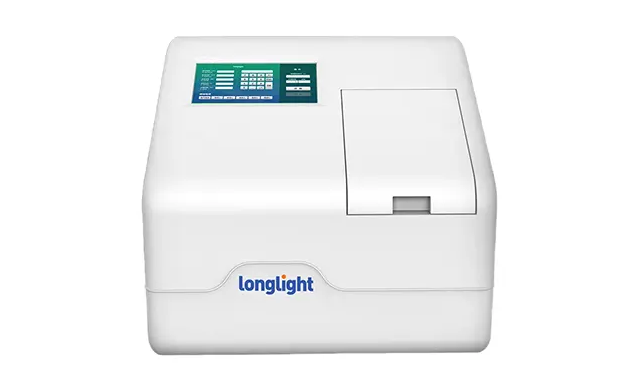
These design choices are about more than convenience – they reduce operator variability, shorten onboarding, and help multi-site teams harmonize protocols.
- Where It Fits In Your Workflow
Think of the Sample Preparation Ultrasonicator as a versatile hub for molecular workflows:
• DNA, RNA, And Chromatin Shearing: Produce tight fragment size distributions for NGS and epigenetics.
• Genome Fragmentation For NGS: Improve library uniformity and downstream coverage metrics.
• Cell And Tissue Disruption: Efficient lysis for genome or protein extraction, with less overheating.
• FFPE Deparaffinization: Streamline a historically tedious step with controlled, standardized energy delivery.
• ChIP-seq And Chromatin Workflows: Preserve epitopes while achieving the desired shearing window.
• General Tissue Fragmentation And Homogenization: Achieve consistent particle sizes for reproducible assays.
Beyond instruments, Longlight provides consumables and kits – precast agarose gels, nucleic acid scavengers, Qubit tubes, extraction kits, and library preparation kits – so you can move from sample to data without friction. Our aim is simple: reliable performance, fewer variables, and accelerated time-to-result across academic, clinical, and industrial settings.
Call To Action: Elevate Your Sample Prep
If your team is ready to reduce variability, protect sample integrity, and standardize results, talk to Longlight Technology. Request a live demo of our Sample Preparation Ultrasonicator, ask for a pilot workflow using your samples, or explore our genomics consumables to complete your pipeline. Let’s co-design a path from sample to answer that’s quieter, colder, cleaner – and ready for the future of molecular diagnosis.

